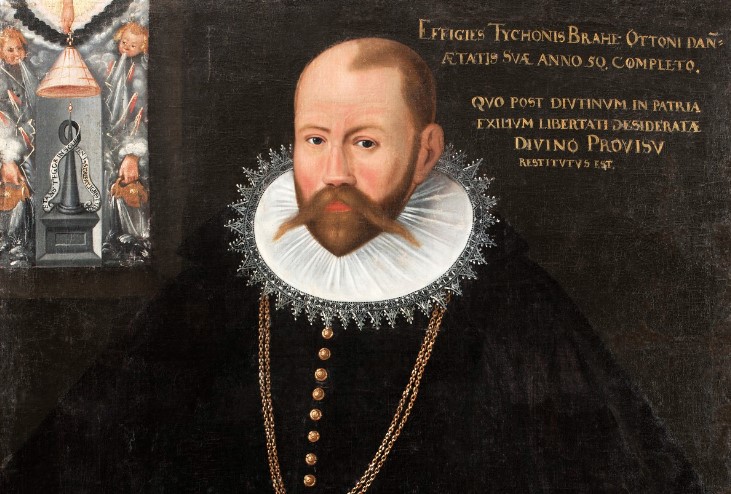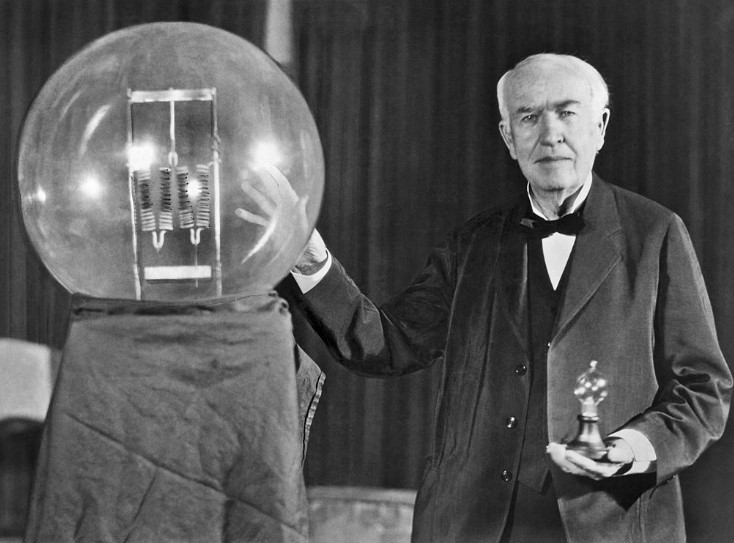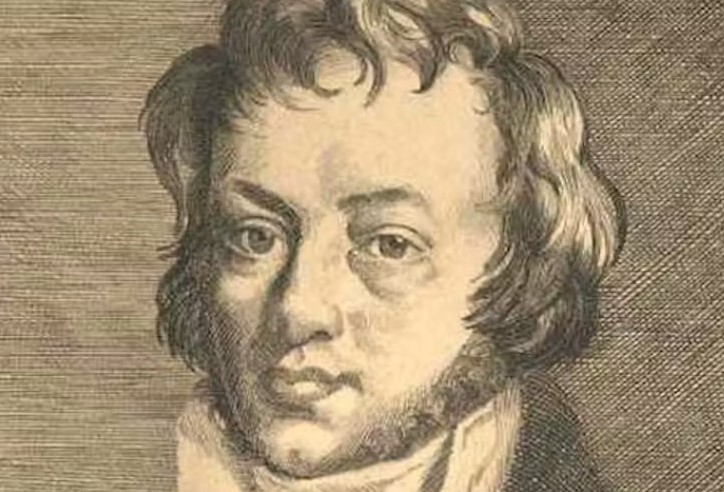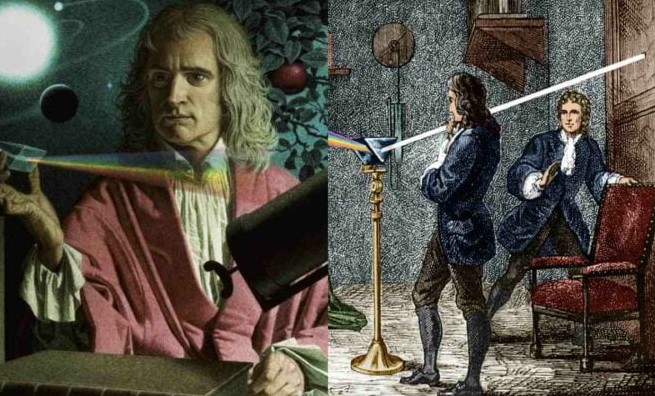
Tycho Brahe
Introduction
When we think about the history of astronomy, names like Copernicus, Galileo, and Newton often come to mind. However, one figure who played a pivotal role in advancing our understanding of the cosmos is Tycho Brahe. A Danish nobleman, Brahe made significant contributions to astronomy with his precise observational data and unique planetary model. Let’s dive into the fascinating life and legacy of Tycho Brahe, a true pioneer of astronomical science.
Early Life and Education
Born on December 14, 1546, in Scania (now part of modern-day Sweden), Tycho Brahe came from a noble family. His interest in astronomy was sparked at an early age when he witnessed a solar eclipse at the age of 13. This event ignited a passion for celestial phenomena that would define his life’s work. Tycho’s education was extensive; he studied at the University of Copenhagen and later traveled across Europe to study under various scholars, gaining a wealth of knowledge in both astronomy and astrology.
Astrological Influences
Tycho’s early fascination with astrology was not uncommon during his time. Astrology was deeply intertwined with astronomy, and many of Tycho’s initial studies were influenced by his belief in the power of the stars to affect human destiny. While modern science views astrology with skepticism, it provided a foundation for Tycho’s meticulous observations of the heavens.
Major Contributions to Astronomy
One of Tycho Brahe’s most significant contributions was the development of sophisticated astronomical instruments. Before the advent of the telescope, Tycho created large and precise instruments that allowed him to measure celestial positions with unprecedented accuracy. His observational techniques were revolutionary, setting new standards for precision in astronomical data collection.
The Tychonic System
Tycho Brahe proposed a unique model of the universe known as the Tychonic system. Unlike the Copernican system, which placed the Sun at the center, or the Ptolemaic system, which placed the Earth at the center, Tycho’s model combined elements of both. In the Tychonic system, the Earth remained stationary at the center, while the Sun orbited the Earth and other planets orbited the Sun. This model was an attempt to reconcile the geocentric and heliocentric views, and it gained considerable support during Tycho’s time.
Uraniborg Observatory
In 1576, Tycho Brahe established Uraniborg, an observatory on the island of Hven. Funded by the Danish king, Uraniborg was equipped with state-of-the-art instruments and became a hub for astronomical research. It was here that Tycho conducted many of his most important observations, laying the groundwork for future discoveries in astronomy.
Stjerneborg Observatory
Recognizing the need for more precise instruments and observations, Tycho later built a second observatory, Stjerneborg, adjacent to Uraniborg. Stjerneborg featured underground observation chambers and advanced instruments that further enhanced Tycho’s ability to study the stars. The combination of Uraniborg and Stjerneborg cemented Tycho’s reputation as one of the foremost astronomers of his time.
Tycho’s Star (Supernova of 1572)
One of Tycho Brahe’s most notable achievements was his observation of a supernova in 1572, known as Tycho’s Star. This event was significant because it challenged the prevailing belief that the heavens were unchanging and perfect. Tycho’s meticulous observations and documentation of the supernova provided compelling evidence that the cosmos was dynamic and subject to change.
The Rudolphine Tables
Tycho Brahe’s legacy includes the creation of the Rudolphine Tables, named in honor of his patron, Emperor Rudolph II. These tables contained detailed star catalogs and planetary positions based on Tycho’s observations. Completed by his assistant Johannes Kepler after Tycho’s death, the Rudolphine Tables became a crucial resource for astronomers and were used extensively in the following centuries.
Collaboration with Johannes Kepler
Tycho Brahe’s collaboration with Johannes Kepler is one of the most famous partnerships in the history of science. Kepler joined Tycho in Prague in 1600 and had access to Tycho’s vast collection of astronomical data. This collaboration was instrumental in Kepler formulating his laws of planetary motion, which described the orbits of planets around the Sun with unprecedented accuracy.
Challenges and Controversies
Despite his successes, Tycho Brahe faced numerous challenges and controversies throughout his career. He often found himself at odds with other astronomers and scholars who disagreed with his methods and conclusions. Additionally, his relationship with the Danish king soured, leading to his eventual relocation to Prague under the patronage of Emperor Rudolph II. Tycho’s strong personality and unconventional ideas made him a polarizing figure in the scientific community.
Legacy and Influence
Tycho Brahe’s impact on astronomy is profound. His precise observations and innovative instruments paved the way for future astronomers to build upon his work. His data, meticulously recorded, allowed Johannes Kepler to develop his groundbreaking laws of planetary motion. Tycho’s influence extended beyond his own time, shaping the course of astronomical research for centuries.
Death and Commemoration
Tycho Brahe died on October 24, 1601, in Prague. The circumstances of his death have been the subject of speculation and intrigue, with some suggesting poisoning and others attributing it to natural causes. Regardless, his contributions to science were widely recognized, and he was buried with great honor in Prague. Monuments and memorials have been erected in his honor, celebrating his legacy as a pioneer of astronomy.
Modern Relevance
Today, Tycho Brahe’s work is still highly regarded in the scientific community. His emphasis on precise observational data laid the groundwork for the development of modern astronomical techniques. The instruments and methods he developed continue to inspire astronomers, and his contributions remain a vital part of the history of science.
Conclusion
Tycho Brahe’s life and work exemplify the spirit of scientific inquiry and discovery. His dedication to precision and his innovative approach to astronomy have left an indelible mark on the field. By bridging the gap between ancient and modern astronomy, Tycho paved the way for future astronomers to explore and understand the cosmos in greater detail. His legacy endures, reminding us of the power of observation and the importance of questioning the world around us.
FAQs
Who was Tycho Brahe?
Tycho Brahe was a Danish nobleman and astronomer known for his precise astronomical observations and the development of the Tychonic system, a unique model of the universe.
What were Tycho Brahe’s main contributions to astronomy?
Tycho Brahe’s main contributions include the development of sophisticated astronomical instruments, precise observational techniques, the Tychonic system, and the Rudolphine Tables.
How did Tycho Brahe influence Johannes Kepler?
Tycho Brahe provided Johannes Kepler with a wealth of observational data, which Kepler used to formulate his laws of planetary motion, revolutionizing our understanding of the solar system.


